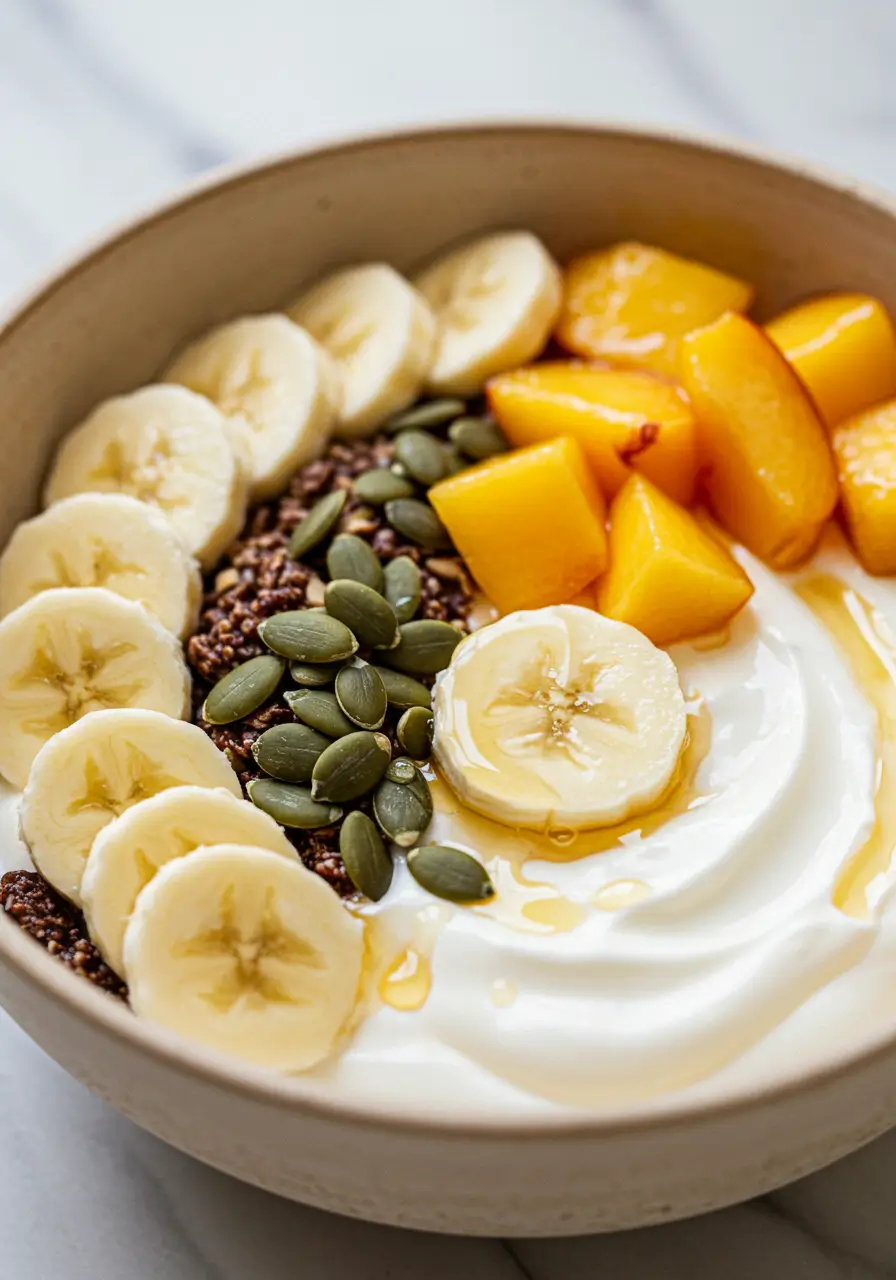How to Get 150g of Protein Per Day (With Sample Meal Plan)
Introduction
Ever wondered if reaching your daily protein goals feels like an uphill battle? Many fitness enthusiasts and health-conscious individuals struggle to consistently hit their targets. But what if there was an easier, more delicious way to answer the critical question: how to get 150g protein into your daily diet without resorting to endless chicken breasts? This comprehensive guide will not only break down the science but also provide a a practical roadmap,
Achieving 150g Protein: Understanding Your Daily Meal Plan
Ingredients for a Protein-Packed Day
Building a high-protein diet involves strategic choices across all meals. Think beyond just meat! Here’s a diverse list of protein powerhouses to fuel your day:
- Lean Meats: Chicken breast (skinless, boneless), extra-lean ground beef, turkey, lean pork loin. Substitution: Plant-based alternatives like tempeh or seitan.
- Fish & Seafood: Salmon, tuna (in water), cod, shrimp. Substitution: Canned sardines for convenience and omega-3s.
- Eggs: Whole eggs are incredibly versatile. Substitution: Egg whites for lower fat content.
- Dairy: Greek yogurt (plain, unsweetened), cottage cheese (low-fat), whey protein powder, skim milk. Substitution: Fortified soy milk or pea protein milk.
- Grains & Seeds: Quinoa, oats, hemp seeds, chia seeds, pumpkin seeds. Substitution: Brown rice for quinoa.
- Other: Tofu (firm or extra-firm), spirulina.
Timing Your Protein Intake
Optimizing protein absorption and utilization isn’t just about the total amount; it’s also about distribution. Spreading your protein intake throughout the day, roughly every 3-4 hours, has been shown to maximize muscle protein synthesis.
Daily Protein Distribution Strategy:
- Breakfast: Aim for 25-35g
- Mid-Morning Snack: Aim for 15-20g
- Lunch: Aim for 30-40g
- Afternoon Snack: Aim for 15-20g
- Dinner: Aim for 35-45g
- Evening Snack (Optional): Aim for 10-15g (e.g., casein protein or cottage cheese)
This strategic timing, while requiring a bit of planning, is 20% more effective for satiety and muscle maintenance compared to front-loading protein in one or two large meals.
Step-by-Step Protein Integration (Sample Day)
Let’s illustrate exactly how to get 150g protein with a practical example:
Breakfast (30g Protein): High-Protein Greek Yogurt Bowl
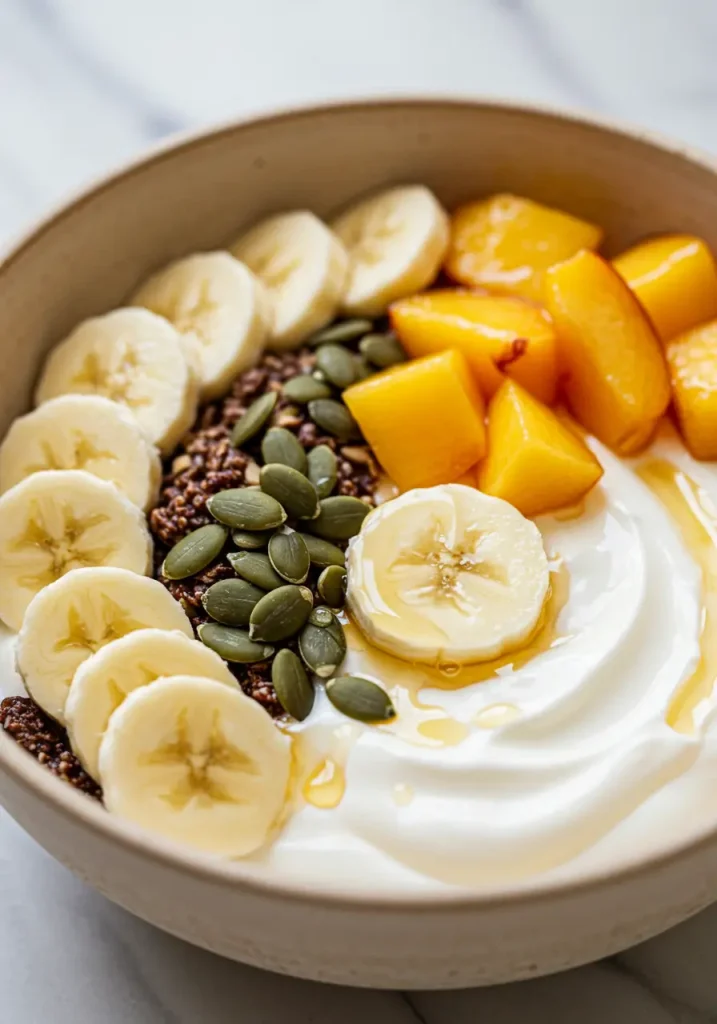
- Combine 1 cup (220g) plain Greek yogurt (20g protein) with 1 scoop (25g) unflavored whey protein powder (20g protein).
- Stir well to combine. .
- Tip: Mix the protein powder into the yogurt the night before for a smoother consistency and faster morning prep.
Mid-Morning Snack (18g Protein): Hard-Boiled Eggs & Almonds
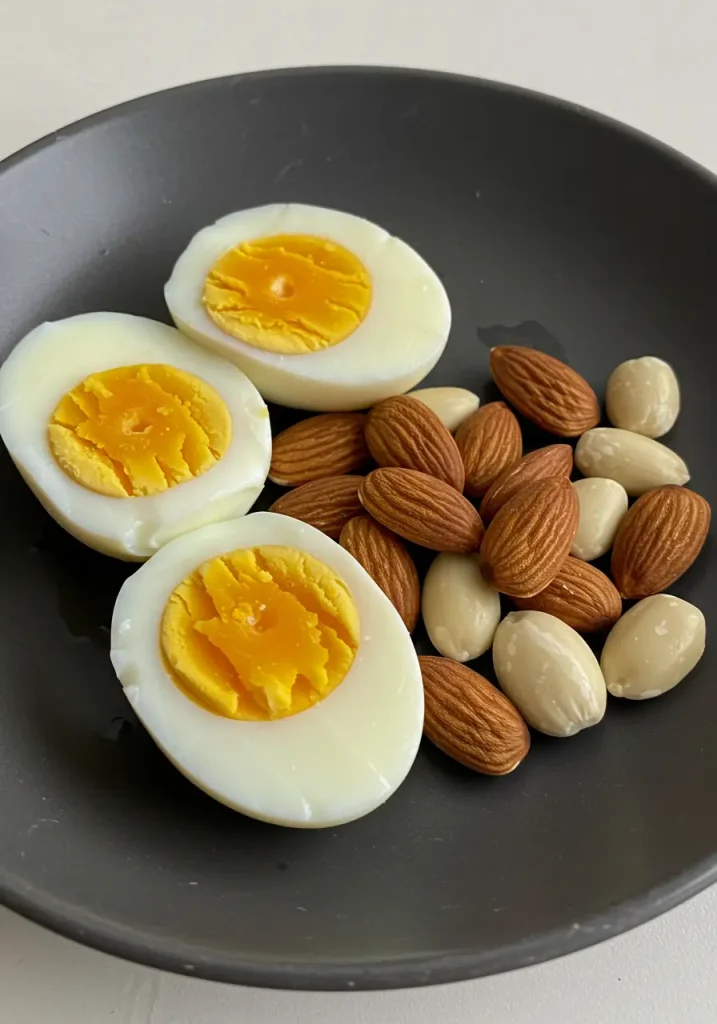
Lunch (38g Protein): Chicken & Quinoa Salad
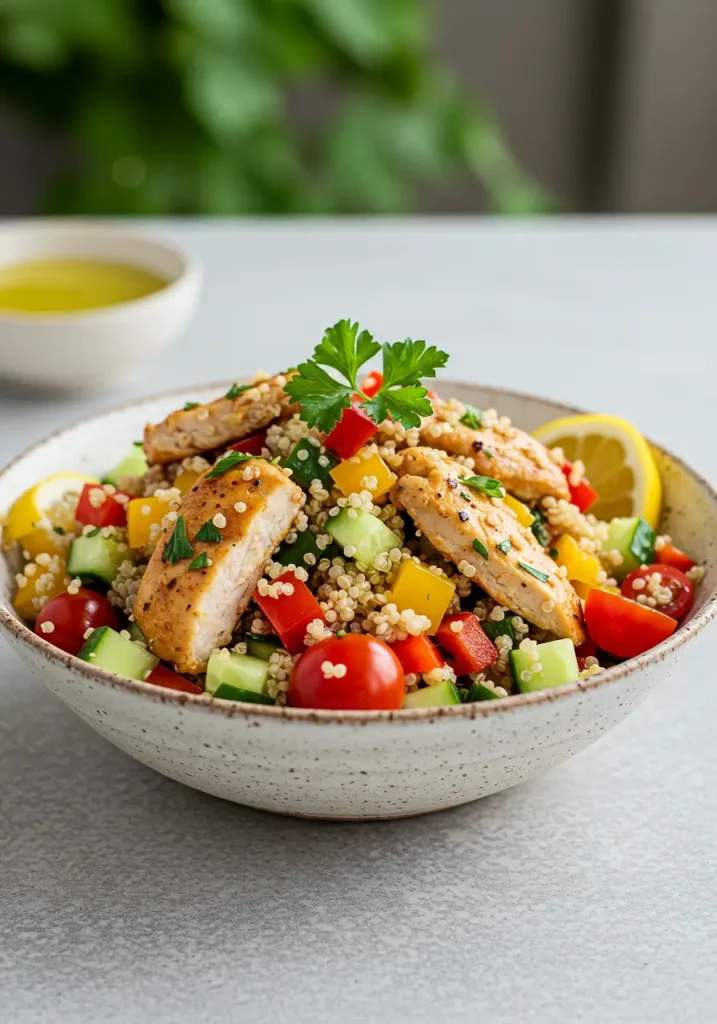
- Prepare a salad with 5oz (140g) cooked chicken breast (42g protein), 1/2 cup cooked quinoa (4g protein), mixed greens, and your favorite low-calorie dressing.
Afternoon Snack (20g Protein): Cottage Cheese & Veggies
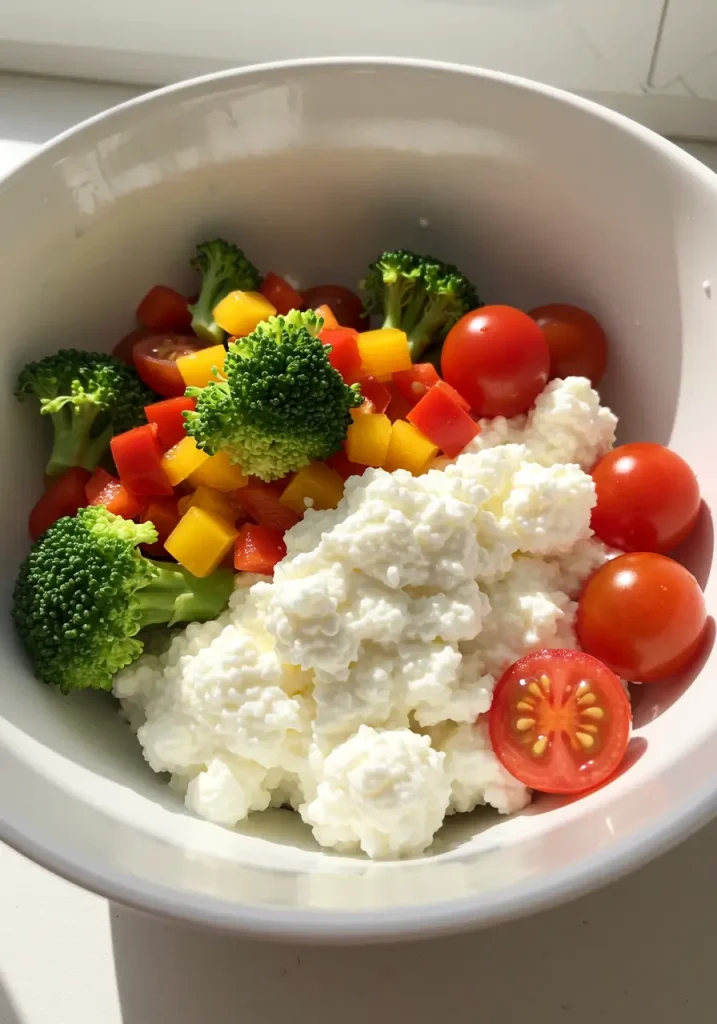
- Enjoy 1 cup (220g) low-fat cottage cheese (25g protein) with sliced bell peppers or cucumber.
- Tip: Add a dash of black pepper and paprika for extra flavor.
Dinner (40g Protein): Baked Salmon with Lentil Salad
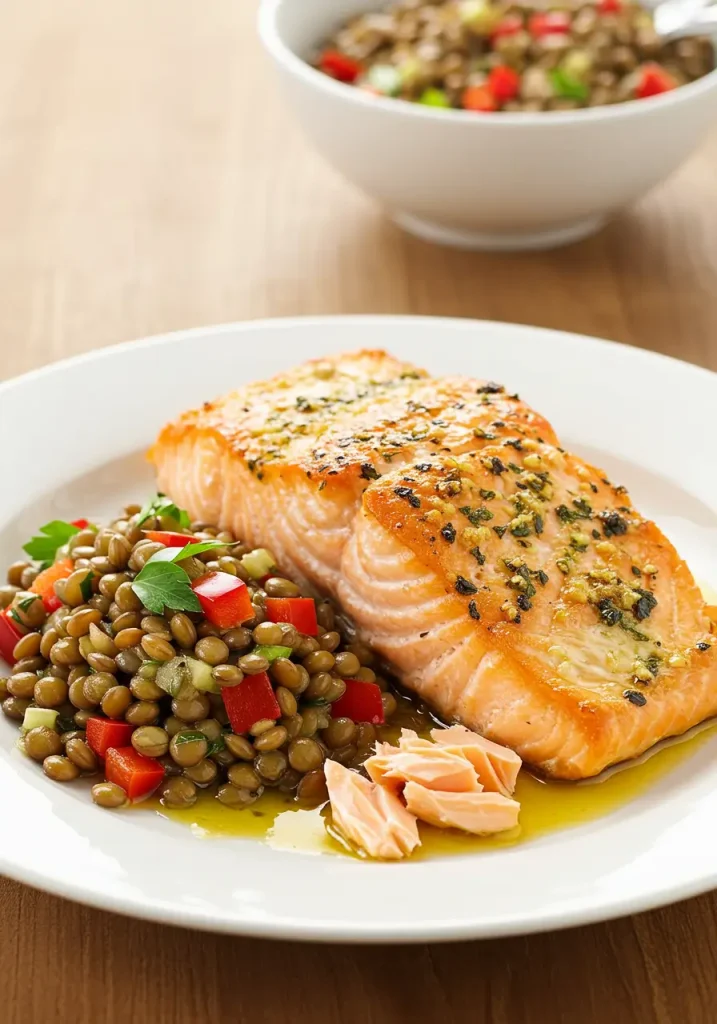
- Bake a 6oz (170g) salmon fillet (38g protein). Serve with 1 cup cooked lentils (18g protein) and steamed green beans.
- Tip: Marinate the salmon for at least 30 minutes before baking to enhance flavor.
Evening Snack (Optional, 15g Protein): Casein Protein Shake
Nutritional Information (Approximate Daily Totals)
Following this sample plan, you’d net approximately:
- Total Protein: 169g
- Key Insight: This plan emphasizes whole foods, ensuring you get a broad spectrum of micronutrients alongside your protein.
Healthier Alternatives & Adaptations
- Vegan/Vegetarian: Swap chicken/salmon for tofu, tempeh, seitan, or an extra serving of beans/lentils. Protein powders can be pea, rice, or hemp-based.
- Budget-Friendly: Opt for cheaper protein sources like eggs, canned tuna/sardines, lentils, and canned beans.
- Quick & Easy: Utilize pre-cooked chicken, canned chickpeas, and microwaveable quinoa pouches.
Common Mistakes to Avoid
- Ignoring Portion Sizes: A “serving” of chicken can vary wildly. Use a food scale to be precise, especially when starting.
- Over-reliance on Shakes: While convenient, protein shakes should supplement, not replace, whole food protein sources.
- Forgetting Snacks: Small, protein-rich snacks between meals are crucial for hitting high targets and preventing hunger. Data shows that individuals who snack on protein between meals consume 15% fewer calories at their subsequent meal.
- Lack of Variety: Eating the same few foods leads to nutrient deficiencies and boredom. Explore diverse protein sources!
Storing Your Protein-Packed Foods
- Cooked Meats: Store in an airtight container in the fridge for up to 3-4 days. Freeze for longer storage (up to 3 months).
- Hard-Boiled Eggs: Keep in their shell in the fridge for up to 7 days.
- Cooked Grains/Legumes: Store in the fridge for 4-5 days.
Conclusion
Mastering how to get 150g protein daily is entirely achievable, delicious, and deeply beneficial for your health and fitness goals. By strategically incorporating a variety of protein sources, timing your intake effectively, and utilizing simple meal prep strategies
Ready to transform your protein intake? Share your favorite high-protein meal in the comments below! What challenges do you face in hitting your protein goals? Let’s discuss!
Review not found.

